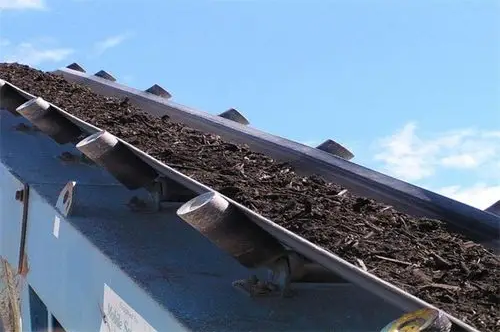Conveyor belts are widely used in agriculture, industrial and mining enterprises, and transportation industries to transport various solid block and powder materials or finished items. Conveyor belts can be transported continuously, efficiently, and at a large angle, with safe operation, easy use, easy maintenance, low transportation costs, and can shorten transportation distances, reduce project costs, and save manpower and material resources.
Usage purpose
Oil Resistant Conveyor Belt, anti-skid conveyor belt, climbing conveyor belt,
Acid And Alkali Resistant Conveyor Belt,
Heat Resistant Conveyor Belt,
Cold Resistant Conveyor Belt, flame resistant conveyor belt, corrosion-resistant conveyor belt, moisture-proof conveyor belt, low-temperature resistant conveyor belt, high-temperature resistant conveyor belt, oil resistant conveyor belt, heat-resistant conveyor belt, cold resistant conveyor belt, low-temperature resistant conveyor belt, high-temperature resistant conveyor belt, acid and alkali resistant conveyor belt, flame-retardant conveyor belt.
By material
PVC Conveyor Belt, PU conveyor belt, polyethylene conveyor belt, plastic chain plate conveyor belt, modular mesh conveyor belt, polypropylene conveyor belt,
Nylon Conveyor Belt, PTFE conveyor belt, stainless steel conveyor belt.
Temperature capability
① Heat resistant conveyor belt: TI type can withstand no more than 100 degrees, T2 type can withstand no more than 125 degrees, T3 type can withstand no more than 150 degrees
③ Flame resistant conveyor belt (metal mesh core conveyor belt): temperature resistance of 200-500 degrees
The fundamental reason for belt deviation is that the external force acting on the tape is not zero in the width direction of the belt, or the tensile stress perpendicular to the width direction of the belt is uneven, resulting in a force component towards one side from the reaction force of the roller or drum on the belt, which causes the belt to deviate towards one side.





